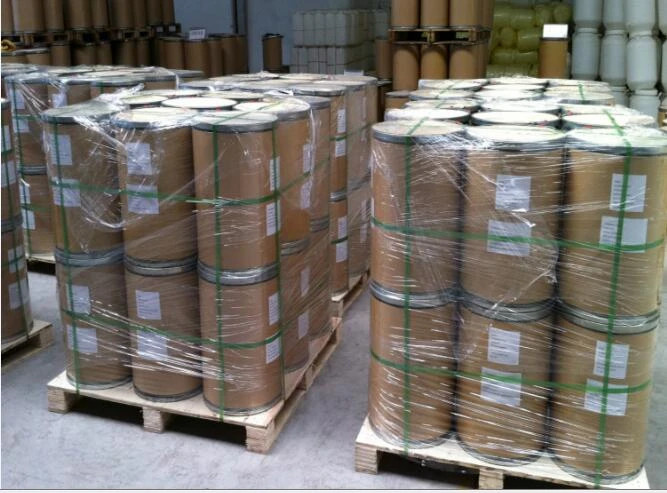The Definition of Active Pharmaceutical Ingredient (API) in Pharma
In the pharmaceutical industry, the term Active Pharmaceutical Ingredient (API) holds significant importance. Referring to the biologically active component of a drug, the API is the element that produces the intended therapeutic effect. Understanding the definition and role of APIs is crucial for various stakeholders in the pharmaceutical supply chain, from manufacturers to healthcare professionals and regulatory bodies.
APIs can be defined as any substance or mixture of substances intended to be used in the manufacturing of a pharmaceutical product and which, when used in that product, becomes an active ingredient. They can be derived from various sources, including synthetic, semi-synthetic, or natural origins. For instance, many antibiotics like penicillin are naturally derived from fungi, while other drugs might be completely synthesized in laboratories.
The Definition of Active Pharmaceutical Ingredient (API) in Pharma
The development of an API is a meticulous process that involves several stages, including research, development, and scaling up for production. During research and development, pharmaceutical scientists determine the desired therapeutic properties of the API, followed by rigorous testing phases to ensure its safety and efficacy. The synthesis of APIs often demands sophisticated techniques and equipment, emphasizing the need for precision and adherence to regulatory guidelines.
definition of api in pharma

Quality control is an vital aspect of API production. Most pharmaceutical companies operate under strict regulatory frameworks, such as those imposed by the U.S. Food and Drug Administration (FDA), European Medicines Agency (EMA), and other global regulatory bodies. These regulations ensure that APIs are manufactured in compliance with Good Manufacturing Practices (GMP), which dictate standardized quality processes. Compliance with these practices is necessary to minimize variations that could impact the safety, quality, or effectiveness of the API.
Furthermore, the global pharmaceutical landscape has seen a shift toward outsourcing API production to countries with lower manufacturing costs. This trend has raised concerns regarding the quality and regulatory oversight of APIs produced overseas, prompting discussions about the need for stringent quality assurance and monitoring systems.
With advancements in technology, the landscape of API development is also changing. Biotechnology, for instance, has introduced new methods for producing APIs, particularly in the field of biologics, which includes complex molecules like monoclonal antibodies. The use of advanced analytical techniques aids in characterizing APIs and ensuring their purity and potency.
In summary, the Active Pharmaceutical Ingredient (API) is a critical component of the pharmaceutical industry, serving as the driving force behind the therapeutic effects of medication. The process of developing, manufacturing, and regulating APIs is intricate and requires a keen focus on quality and compliance. Given the vital role APIs play in healthcare, ongoing efforts to improve their development and production processes remain essential for ensuring safe and effective treatments for patients worldwide. As the industry continues to evolve, understanding the definition and significance of APIs will remain paramount for all involved in the pharmaceutical enterprise.

